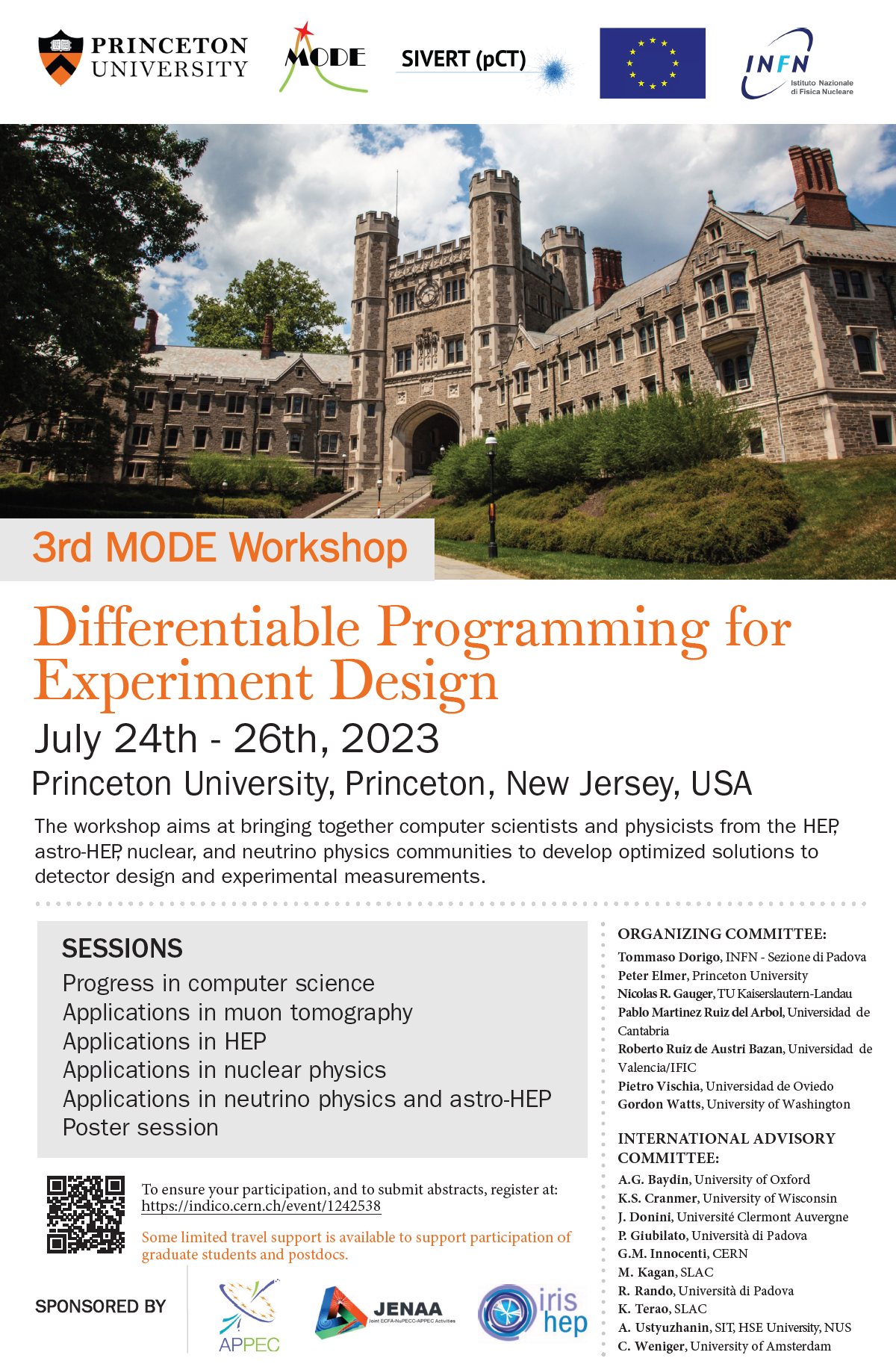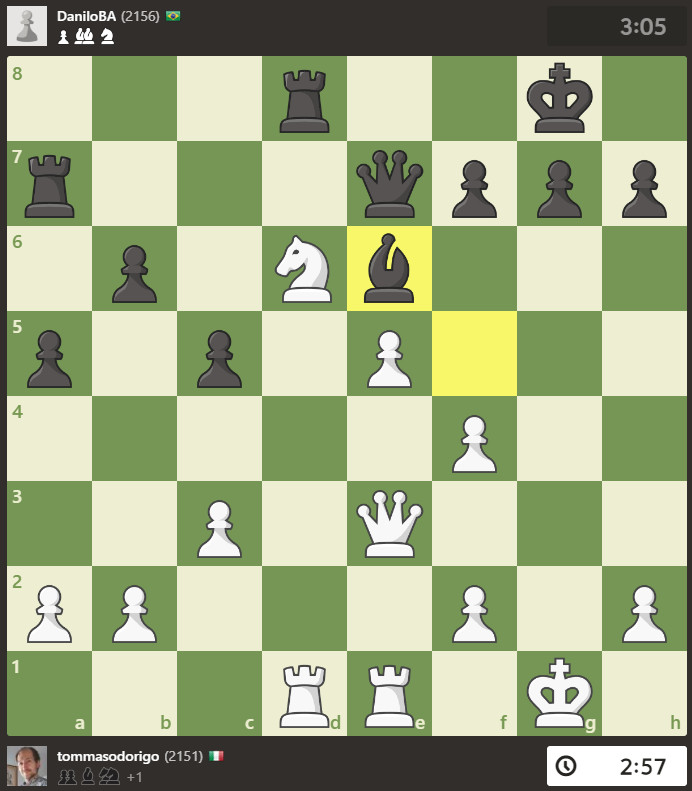Although researchers in fundamental science have a tendency to "stick to what works" and avoid disruptive innovations until they are shown to be well-tested and robust, the recent advances in computer science leading to the diffusion of deep neural networks, ultimately stemming from the large increases in performance of computers of the past few decades (Moore's law), cannot be ignored. And they haven't - the 2012 discovery of the Higgs boson, for instance, heavily used machine learning techniques to improve the sensitivity of the acquired particle signals in the ATLAS and CMS detectors.
Summer is supposedly a period where people take it a tad easier, spend some vacation time away from anything that is work-related, and "tune out" of the deadlines and rythms of daily work activities that dominate their existence at other times of the year.
One of the things that keeps me busy these days is the organization of a collective publication by a number of experts in artificial intelligence and top researchers in all areas of scientific investigation. I will tell you more of that project at another time, but today I wish to share with you the first draft of a short introduction I wrote for it. I am confident that it will withstand a number of revisions and additions, so by the time we will eventually publish our work, the text will be no doubt quite different from what you get to read here, which makes me comfortable about pre-publishing it.
Blitz games on the internet are a lot of fun, if you love chess as I do. Perhaps a good share of the fun is due to the complete chaos that may arise, when you have few seconds left on the clock and decisions have to be taken instantly. But sometimes you may happen to play correct chess, too. It is exceedingly rare, and when it happens it is a good indication that you have been able to hold on to clear strategic ideas leading your play into the correct decisions.
A colloquium with a former thesis intern yesterday brought me to ponder again over the important question of determining whether a student should choose an experimental or rather a theoretical curriculum of studies. It is a problem that arises at a variable point of the student's trajectory depending on the way the university courses offer is structured, but the issue is universal as it revolves around the skills of the students rather than anything else.
The University of Padova has extended until tomorrow, June 8 at 1PM CEST the deadline to submit applications to be enrolled in a Ph.D. course in Physics at the University of Padova.
Below I summarize a previous post that describes the opportunity.
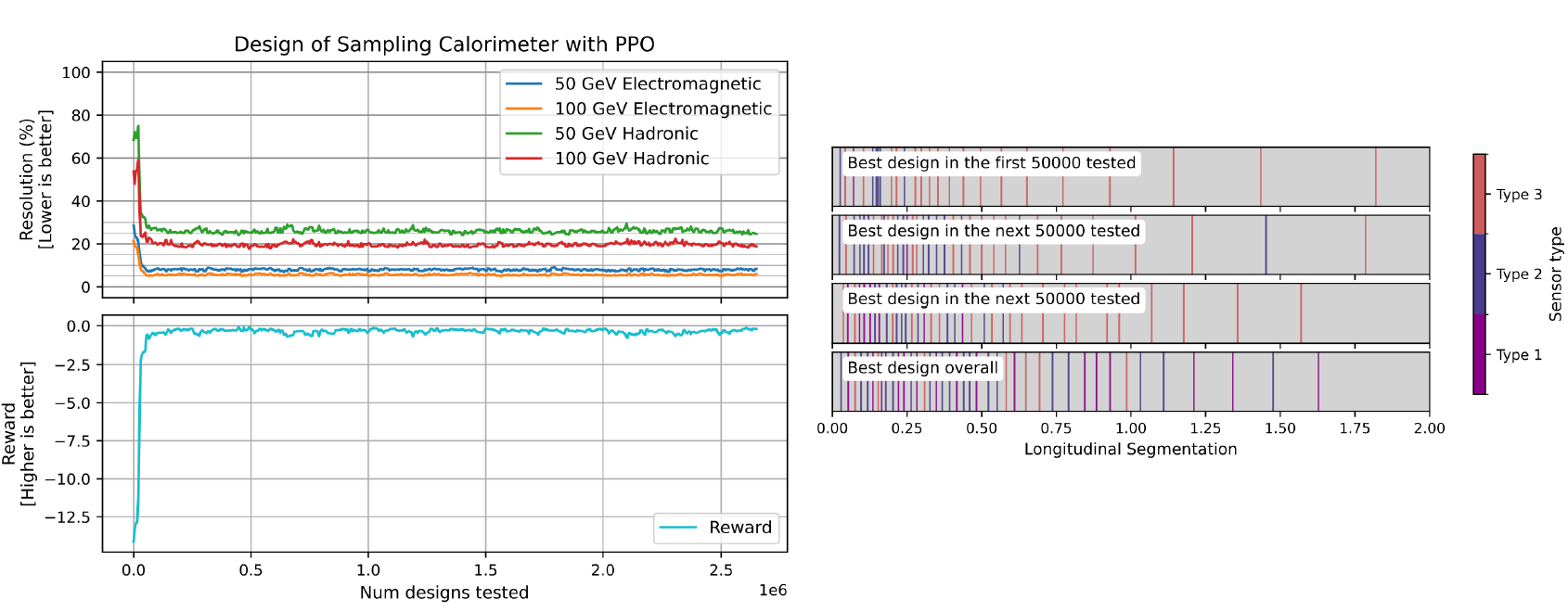 Highlights From MODE And EUCAIF
Highlights From MODE And EUCAIF Win A MSCA Post-Doctoral Fellowship!
Win A MSCA Post-Doctoral Fellowship!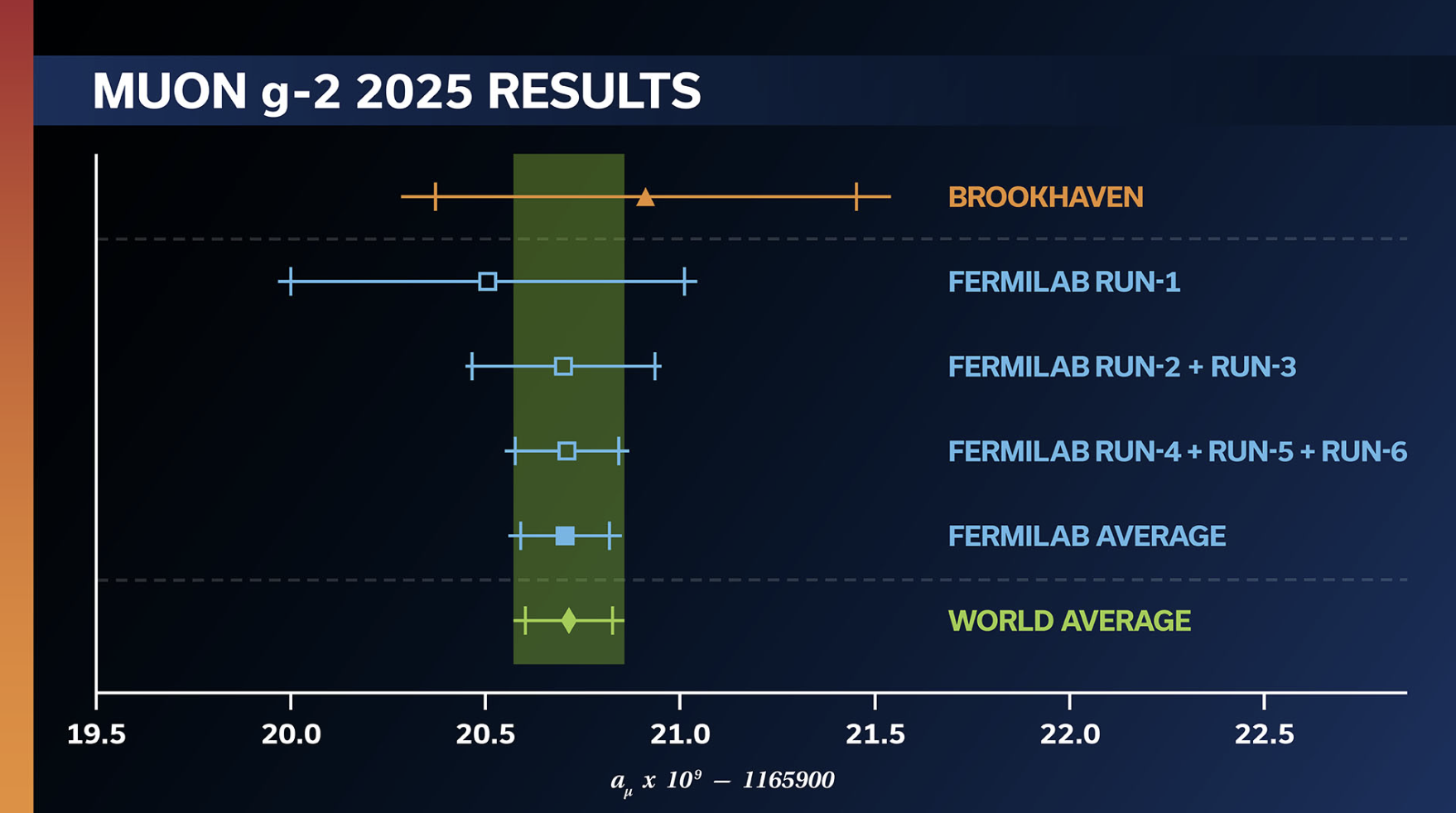 The Anomaly That Wasn't: An Example Of Shifting Consensus In Science
The Anomaly That Wasn't: An Example Of Shifting Consensus In Science 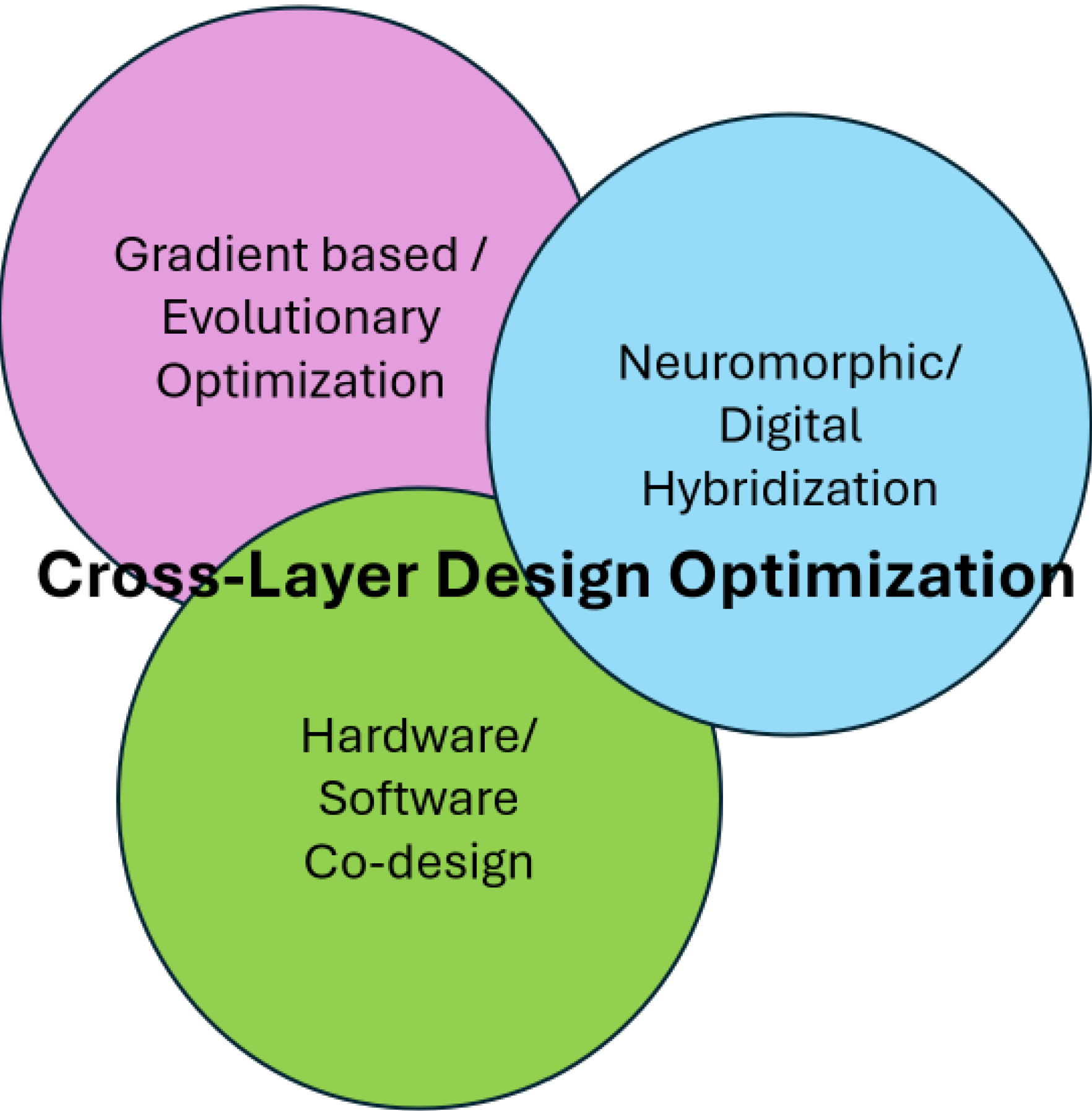 An Innovative Proposal
An Innovative Proposal


